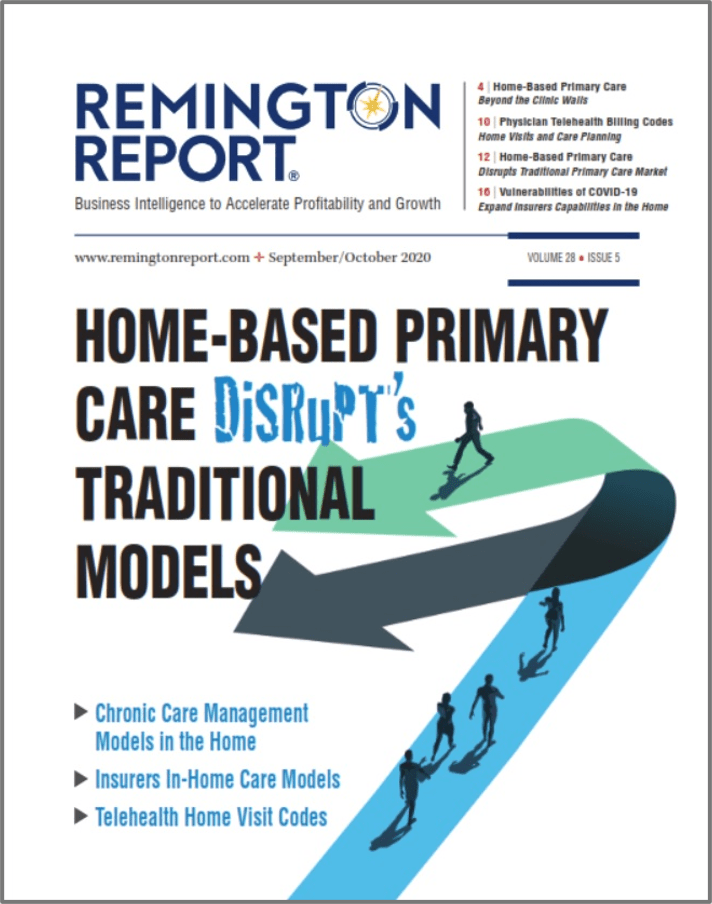Learn from this article the most frequently seen chronic conditions in the ED, medications prescribed by chronic condition, and five compelling ED chronic condition statistics. How does the information present an opportunity for your organization to work in partnership with the ED?
More than 50% of adults with chronic conditions are seen in the Emergency Department (ED). Among these adults with three or more chronic conditions, Medicare was the most frequently observed expected source of payment, according to a study published in the National Health Statistics Reports, a publication from the U.S. Centers for Disease Control and Prevention.
The researchers found that 59.5% of emergency department visits made by adults for 2017 to 2019 were among those with one or more chronic conditions.
- Those aged 45 to 64 years had the highest percentage of emergency department visits made by adults with three or more chronic conditions.
- Among adults with three or more chronic conditions, Medicare was the most frequently observed expected source of payment. The percentage of emergency department visits that resulted in a hospital admission increased with the number of chronic conditions.
- The most frequently observed chronic condition was hypertension (33.8% of emergency department visits by adults); hypertension and diabetes was the most frequently observed pair of chronic conditions (33.2% of emergency department visits for adults with at least two chronic conditions).
MOST FREQUENTLY OBSERVED CHRONIC CONDITIONS IN THE ED
Among ED visits made by all adults:
- hypertension (33.8%)
- diabetes (16.0%)
- depression (12.7%)
- heart disease (11.4%)
- substance use disorder (10.5%)
- asthma (9.6%)
- COPD (7.5%)
- obesity (6.7%)
- cancer (4.8%)
- CEBVD (4.4%)
- CKD (4.1%)
- PE (2.0%)
- Alzheimer disease or dementia (1.7%)
- HIV (0.7%)
Hypertension was the most frequently observed chronic condition for ED visits across all age groups. Diabetes was one of the top three conditions for ED visits made by adults aged 45 and over. Heart disease was one of the top three conditions for ED visits among adults aged 65 and over. Depression was one of the top three conditions for ED visits among adults aged 18–64. Among ED visits made by adults aged 18–44, hypertension (12.1%), depression (11.7%), and substance abuse (11.5%) were the three most frequently observed chronic conditions.
NUMBER OF MEDICATIONS GIVEN OR PRESCRIBED, BY NUMBER OF CHRONIC CONDITIONS AND AGE
The percentage of ED visits with 1–2 medications given in the ED, prescribed at discharge, or both ranged from 39.6% among ED visits by adults with no chronic conditions to 31.4% among ED visits by adults with three or more chronic conditions (Figure 1).
Regardless of their number of chronic conditions, the percentage of patients with visits where 1–2 medications were given or prescribed was higher compared with the percentage of ED visits without medications (ranging from 20.9% among ED visits by adults with no chronic conditions to 16.3% among both visits by adults with two chronic conditions and among visits by adults with three or more chronic conditions), 3–4 medications (ranging from 24.7%–23.9%), and 5 or more medications (ranging from 15.1% among ED visits by adults with no chronic conditions to 28.5% among visits by adults with three or more).
The percentage of ED visits with 5 or more medications given or prescribed at discharge increased with increasing number of chronic conditions from 15.1% among ED visits made by adults with no chronic conditions to 28.5% among visits by those with three or more chronic conditions. Similar trends were observed across all age groups.

- ED visits made by patients with two or more chronic conditions increased with age, are consistent with the distribution of chronic conditions in the older population.
- ED visits at which Medicare was the expected primary source of payment increased with increasing number of chronic conditions. This reflects differences in ED visits made by adults with chronic conditions by age, with older adults being more represented than younger adults.
- The percentage of ED visits with 5 or more medications given in the ED or prescribed at discharge and the percentage of ED visits that resulted in hospital admission both increased with increasing number of chronic conditions. These findings highlight the potential impact of chronic conditions on ED use and outcome.
- Hypertension was the most frequently observed chronic condition at ED visits by adults, consistent with the relatively high prevalence of hypertension in the general population.
Hypertension and diabetes were the most frequently observed chronic condition at ED visits made by adults with two or more chronic conditions.

Lisa is a turnaround expert who excels in navigating unsteady, complex, and ambiguous environments. She has provided C-suite education to over 10,000 organizations in the home care sector for decades. Lisa’s trusted voice in the industry has been recognized for her ability to manage disruption, identify new growth and revenue opportunities, and develop high-level engagement strategies between home care and referral partnerships. Her contributions are instrumental in advancing the future of home care.
Other Articles You Might Enjoy
Improving Outcomes Between Home Care and Medicare Advantage Plans
Home care services have emerged as a critical strategy for improving health outcomes, reducing hospital readmissions, addressing both clinical and non-clinical needs, and improved patient satisfaction among Medicare Advantage beneficiaries.
Average 30-Day Readmission Rates by Medical Conditions
We provide critical readmission data about average readmission rates, condition-specific readmission rates, and hospitals with high and low readmission rates.
Hospital-at-Home Readmissions: Which Medical Conditions Created the Highest and Lowest Readmissions?
CMS’s report on the Acute Hospital Care at Home (AHCAH) initiative highlighted the highest and lowest readmission rates by medical conditions.





